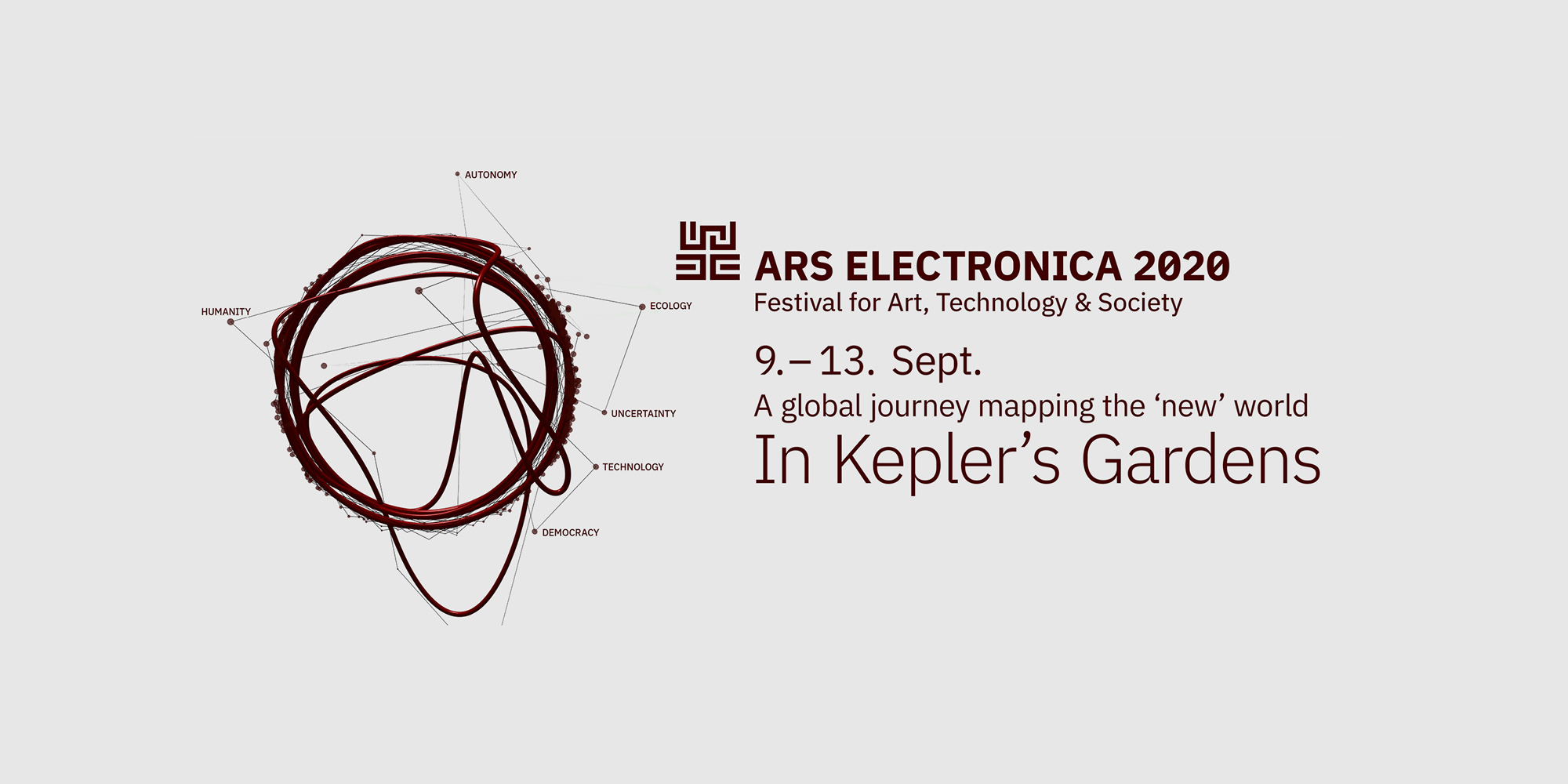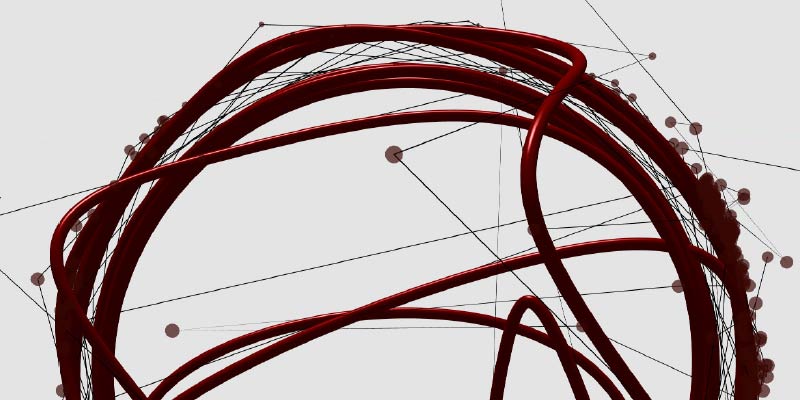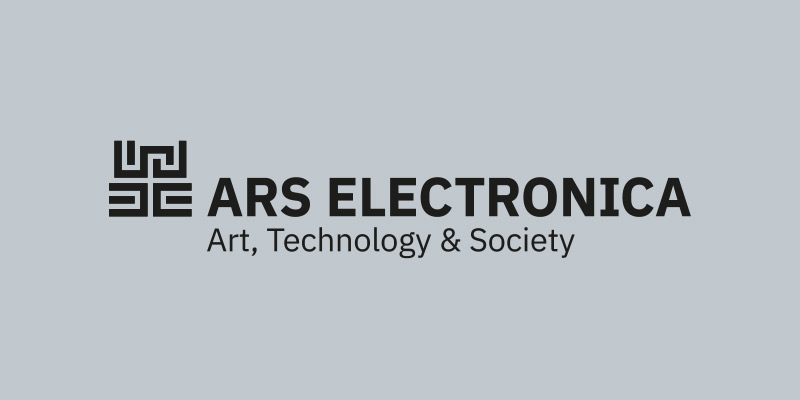Ars Electronica Garden Berkeley

CNMAT ODOT
John MacCallum(USA), Jeff Lubow (USA)
In diesem Workshop geben wir eine kurze, praktische Einführung in ODOT, eine dynamische, multiparadigmatische Programmierumgebung, die mit Open Sound Control arbeitet. ODOT wurde Anfang 2007 an der CNMAT entwickelt und hat sich zu einer leistungsstarken und robusten Suite von Werkzeugen entwickelt, die in einer Vielzahl von Kontexten nützlich sind, von der Signalverarbeitung für Gesten bis hin zur computergestützten Komposition. Während dieses Workshops werden wir den aktuellen Stand des Pakets und die Zukunft des Projekts diskutieren.
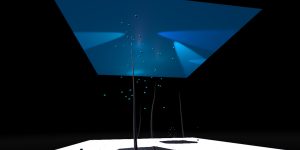
The QuBits VR Space
Jon Kulpa
Jon Kulpa is available to host a live online demonstration/performance of QuBits VR. The QuBits project is a virtual reality (VR) environment built by the composer that offers an expanded medium for musical experience with integrated space and visuals. The environment was designed to explore a musical aesthetic valuing sound mass, spatial sound, evolving sound, and algorithmically generated sonic structures. The user of the VR system plays a key role in shaping these musical elements. The user first discovers what behaviors are possible through exploration and chance encounters. They can then shape each discovered behavior with nuance if they choose. The system provides a unique experience each time it is run. The sounds are a mix of real world sampled sound, granular synthesis, and real-time generated synthetic sound.
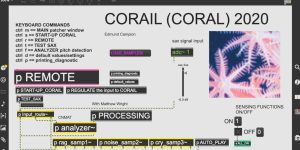
Performance of CORAIL
Edmund Campion
There is no pre-defined score for CORAIL (CORAL). CORAIL is a software environment that performs audio analysis of an incoming live signal that generates and organizes sound through the computer and the CORAIL algorithms. Persistence inside any one environment causes the program to move toward greater sound generation and machine autonomy.
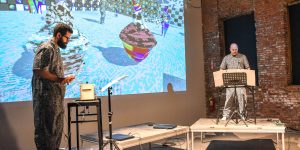
ORCHIDEA with Composer and Lead Researcher at CNMAT
Carmine Cella
Carmine Cella is available to host a live online demonstration/workshop for ORCHIDEA, a framework for static and dynamic computer-assisted music orchestration. Orchestration consists largely of choosing combinations of sounds, instruments, and timbres that support the narrative of a piece of music. The ORCHIDEA project assists composers during the orchestration process by automatically searching for the best combinations of orchestral sounds to match a target sound, after embedding it in a high-dimensional feature space.
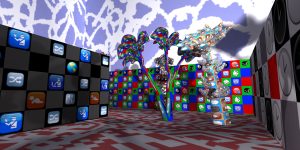
ALICE, ALICES UNCHAINED, and THE FLOWER MATRIX
Edmund Campion and Claudia Hart
ALICE, ALICES UNCHAINED, and THE FLOWER MATRIX is a long-term collaborative project between media artist Claudia Hart and composer Edmund Campion (CNMAT). Since 2013, they have collaborated on the ALICES project, a series of artworks, loosely connected to Alice in Wonderland, and appearing through the years as a series of pieces that migrate from performance-based multi-media theatre, video, gallery installations, to virtual reality environments. This film documents the history of the on-going project with excerpts from several of the works along with interviews with the artists and collaborators.

Live Performances in occasion of the AIxMusic Opening ceremony
Edmund Campion, CORAIL with Steve Adams of the Rova Saxophone Quartet, and Andrew Blanton, WAVEGUIDE, Claudia Hart, Edmund Campion
Edmund Campion, CORAIL with Steve Adams of the Rova Saxophone Quartet, and Andrew Blanton, WAVEGUIDE, Claudia Hart, Edmund Campion WAVEGUIDE - 2017 - percussion, distributed audio and electronics: Music composition and performance by Andrew Blanton Text by Yvette Granata Composition and software by Andrew Blanton Special thanks to Neal Riley for technical support. CORAIL - version 2020 - improvising saxophonist and interactive computer system: Composition and computer environment design by Edmund Campion, Director, CNMAT Tenor Saxophone by Steve Adams Software contributions by Manuel Poletti, Matthew Wright, Edmund Campion (and a host of others) This concert is being streamed live from the Center for New Music and Audio Technologies (CNMAT) and made possible by CNMAT Researcher and Technical Director, Jeremy Wagner
